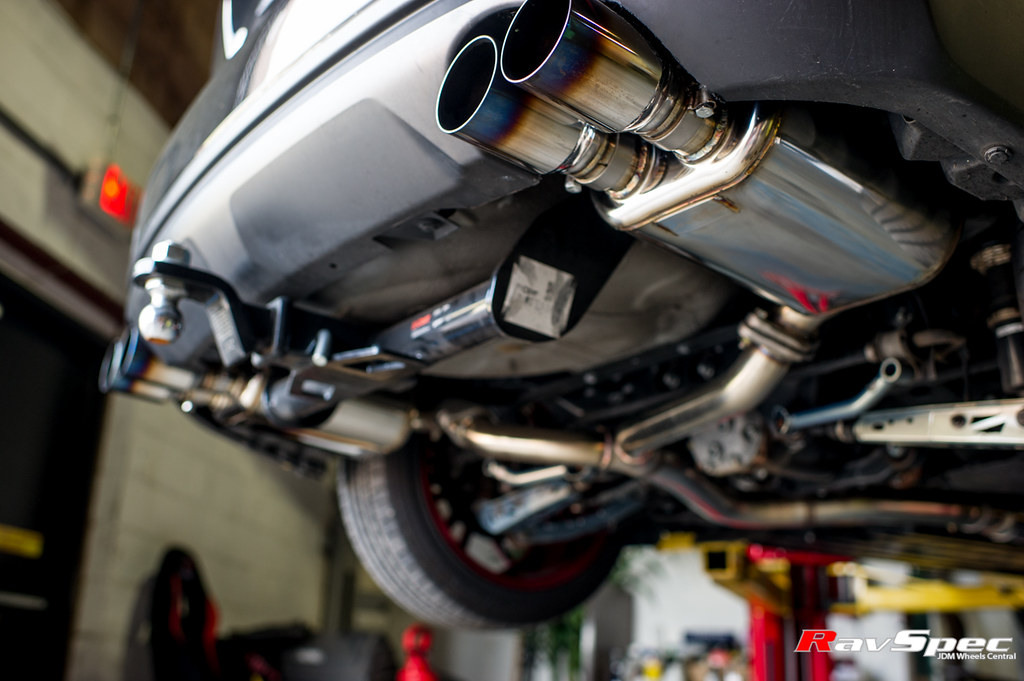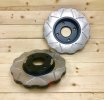- Staff
- #141
- 57,142
- 24,326
Super chillYour friend (Corey) seems chill.
Follow along with the video below to see how to install our site as a web app on your home screen.
Note: This feature may not be available in some browsers.
Super chillYour friend (Corey) seems chill.
It's not too bad. I think im use to it from my old setup on my Forester which had an STi mid-pipe with no resonator and a modified 2018 WRX muffler. Cruising in 5th or 6th around 3k its fairly quietI forget if you have a cat or not? How's the drone at 3000rpm?
Your Forester had dual muffler/quad tips?my Forester which had an STi mid-pipe with no resonator and a modified 2018 WRX muffler.



Is your downpipe catless?It's not too bad. I think im use to it from my old setup on my Forester which had an STi mid-pipe with no resonator and a modified 2018 WRX muffler. Cruising in 5th or 6th around 3k its fairly quiet
If I remember it came with a single exit but then I swapped a 2013 STi catback on it cause it bolts right up. Then when I did all the crazy stuff to the car, I had to modify the exhaust a lot to fit the new bumper setup.Your Forester had dual muffler/quad tips?


No, thank GodIs your downpipe catless?
sometimes i wish i had gone with the catted version. i want to install an exhaust but the drone at 3000rpm is killer.No, thank God
That's not too terrible. Super thick though! Nice!They were $190 each...which kinda sucks cause when these first came out they were around $680
For sure, now Im waiting to get some wheels for them. Konig has a super good deal through their NASA program so Im most likely gonna do the Hypergrams in bronze whether I get them through their program or just pay full price through a vendorThat's not too terrible. Super thick though! Nice!



